Paris, known as the City of Light, is an open-air museum that showcases architectural styles from various eras throughout history. From its early beginnings as a Roman settlement to the soaring Gothic cathedrals, elegant Renaissance châteaus, and ubiquitous Haussmann buildings, the enchanting tales of each era are reflected in its architectural cityscape. In this article, we’ll take you on an architectural journey through time, exploring some of the most iconic styles and structures that have adorned Paris and contributed to its captivating allure over the centuries. Join us as we delve into the history, characteristics, and relevance of each style and discover what makes Parisian architecture truly unique and fascinating.
Ancient Paris: Roman & Early Medieval Architecture
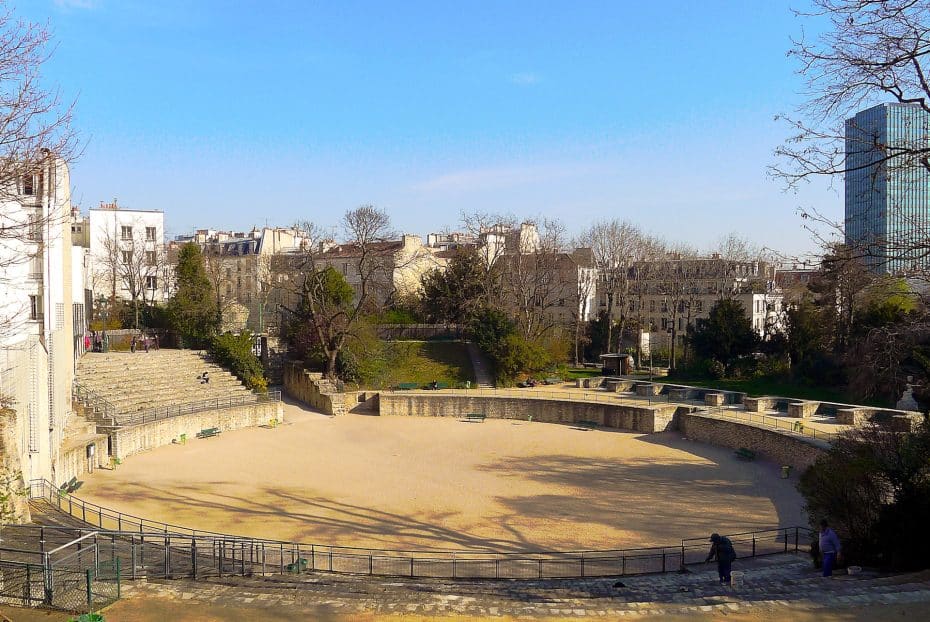
Paris had many significant Roman and Early Medieval architectural structures. One notable ancient Roman building is the Arenes de Lutece, an amphitheater built around 280 AD, situated in the 5th arrondissement of Paris. This structure held up to 15,000 spectators for gladiator fights and theatrical performances.
Another example of Roman architecture in Paris is the Thermae of Lutetia, a large bath complex established circa 200 AD on the left bank of the Seine. It was constructed under Emperor Caracalla’s reign and covers a wide area extending from the Rue de Vaugirard to the Rue d’Assas.
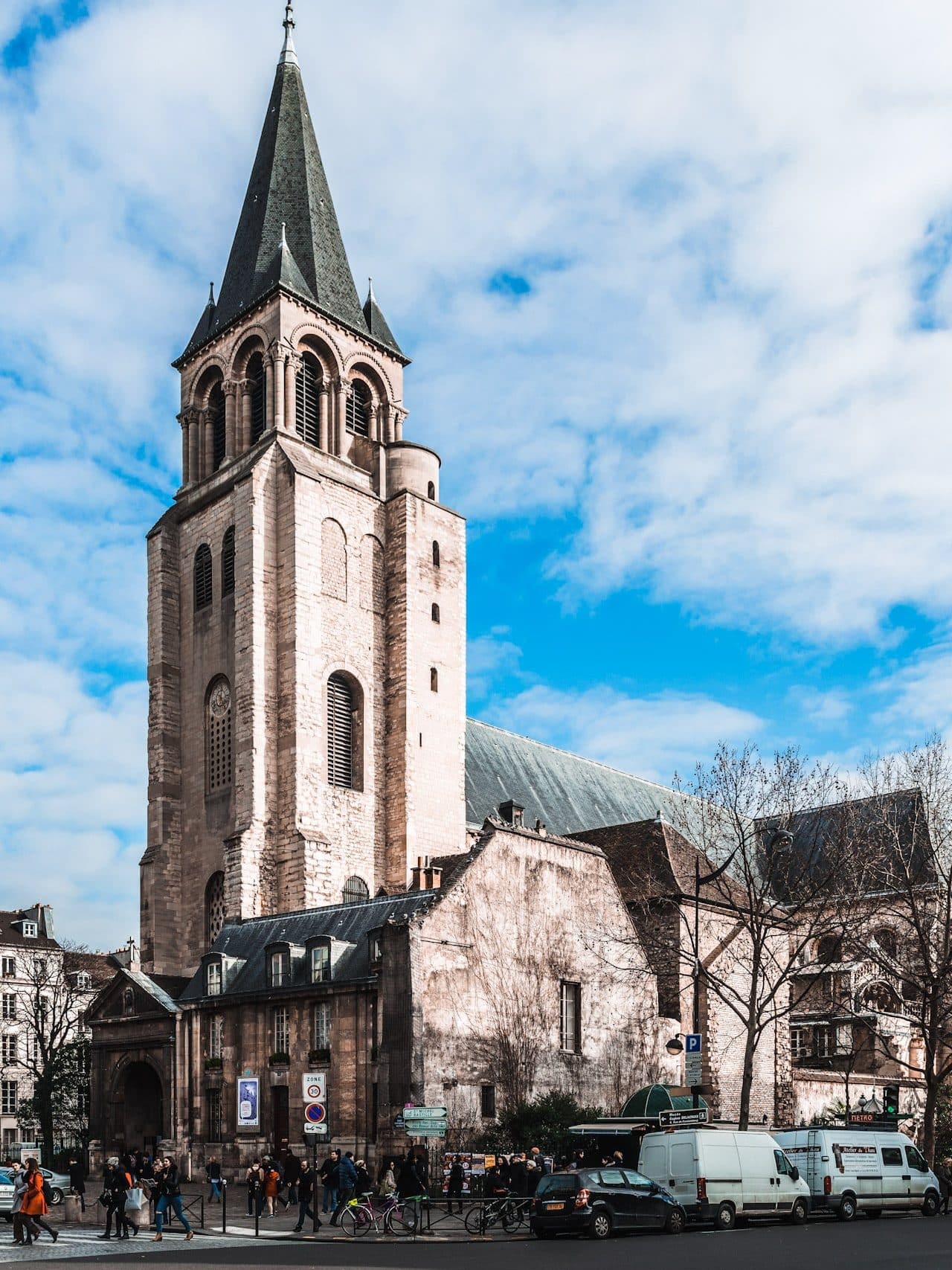
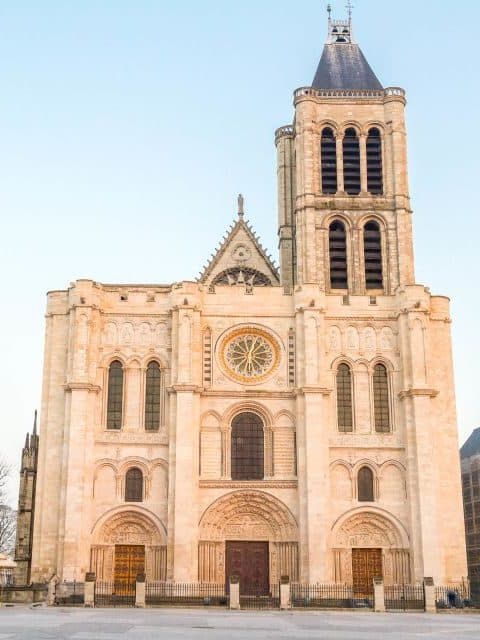
The Early Medieval period in Paris saw the emergence of Romanesque architecture, characterized by its massive structures and rounded arches. One prominent Romanesque building is the Church of Saint-Germain-des-Pres, located at 3 Place Saint-Germain-des-Prés in the 6th arrondissement. The church was founded by King Childebert I in 540 AD and later restored in 990 AD by Abbot Morard.
Another important Romanesque site is the Basilique Saint-Denis, situated at 1 Rue de la Legion d’Honneur in the city’s suburb of Saint-Denis. Constructed from 1135 to 1144 under Abbot Suger’s supervision, this abbey church holds great historical importance as it served as a burial site for French monarchs.
Gothic Architecture: The Birth of a New Style
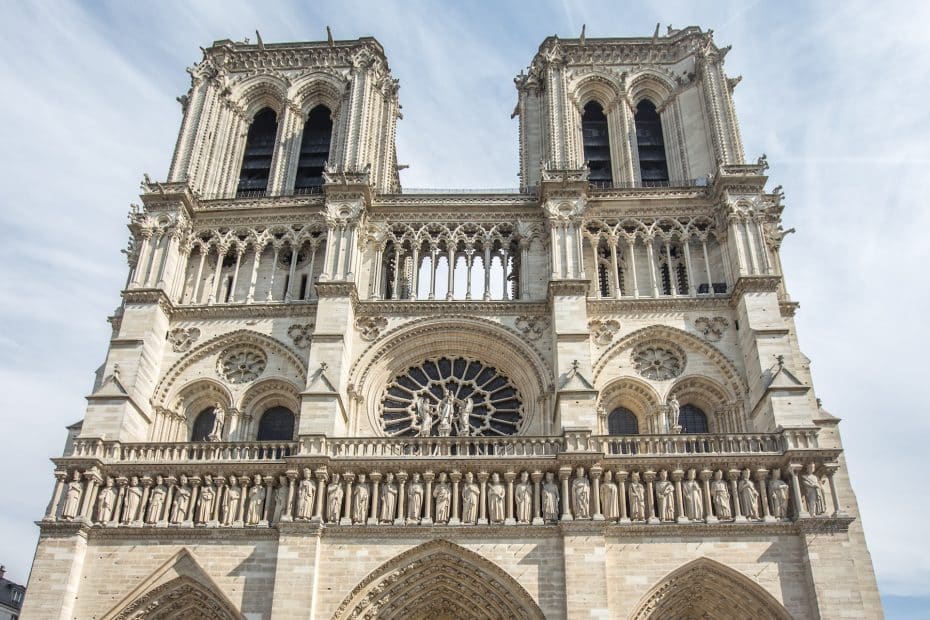
Gothic architecture emerged in the 12th century in France, with Paris being one of the main centers of this development. The shift from Romanesque to Gothic architecture was marked by distinct changes in design, such as pointed arches, ribbed vaults, and flying buttresses. These innovations allowed buildings to reach new heights and enabled larger windows for more natural light.
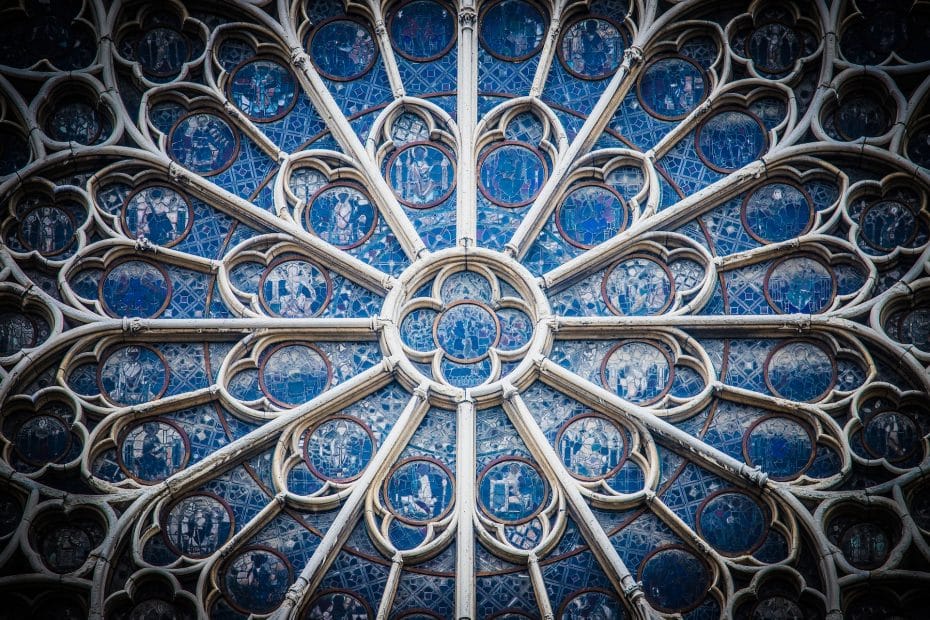
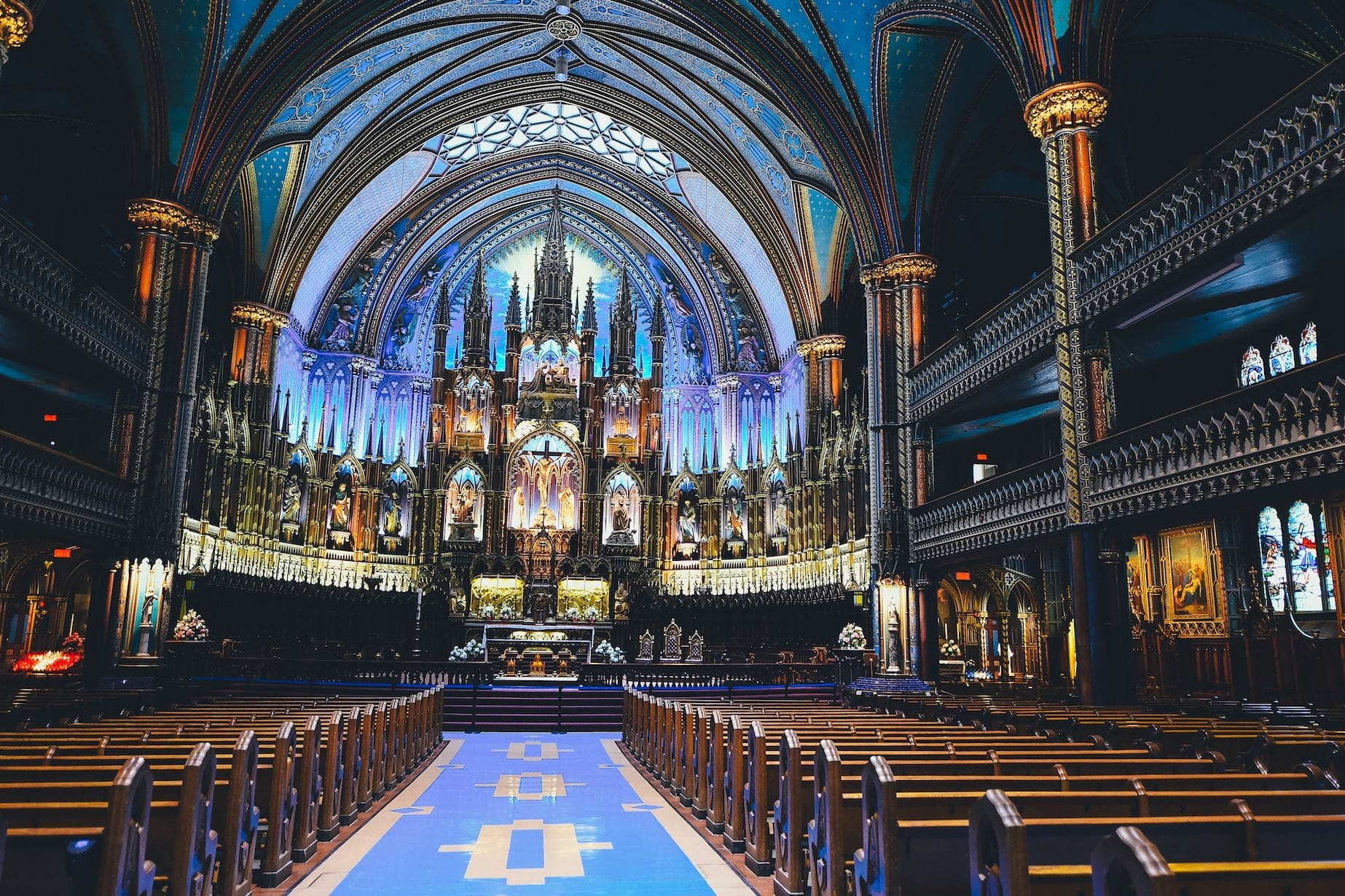
The aforementioned Basilique Saint-Denis is one of the earliest examples of Gothic architecture in Paris. While it was initially designed as a Romanesque building, it was completed in 1144 in a Gothic style which served as inspiration for other structures, such as Notre-Dame de Paris. Construction on Notre Dame began in 1163 and was completed in 1345. The cathedral is situated on the Île de la Cité and features stunning stained-glass windows like the Rose Window, intricate stone carvings, and a pair of iconic towers. Notre-Dame is a must-see place during a first trip to Paris.
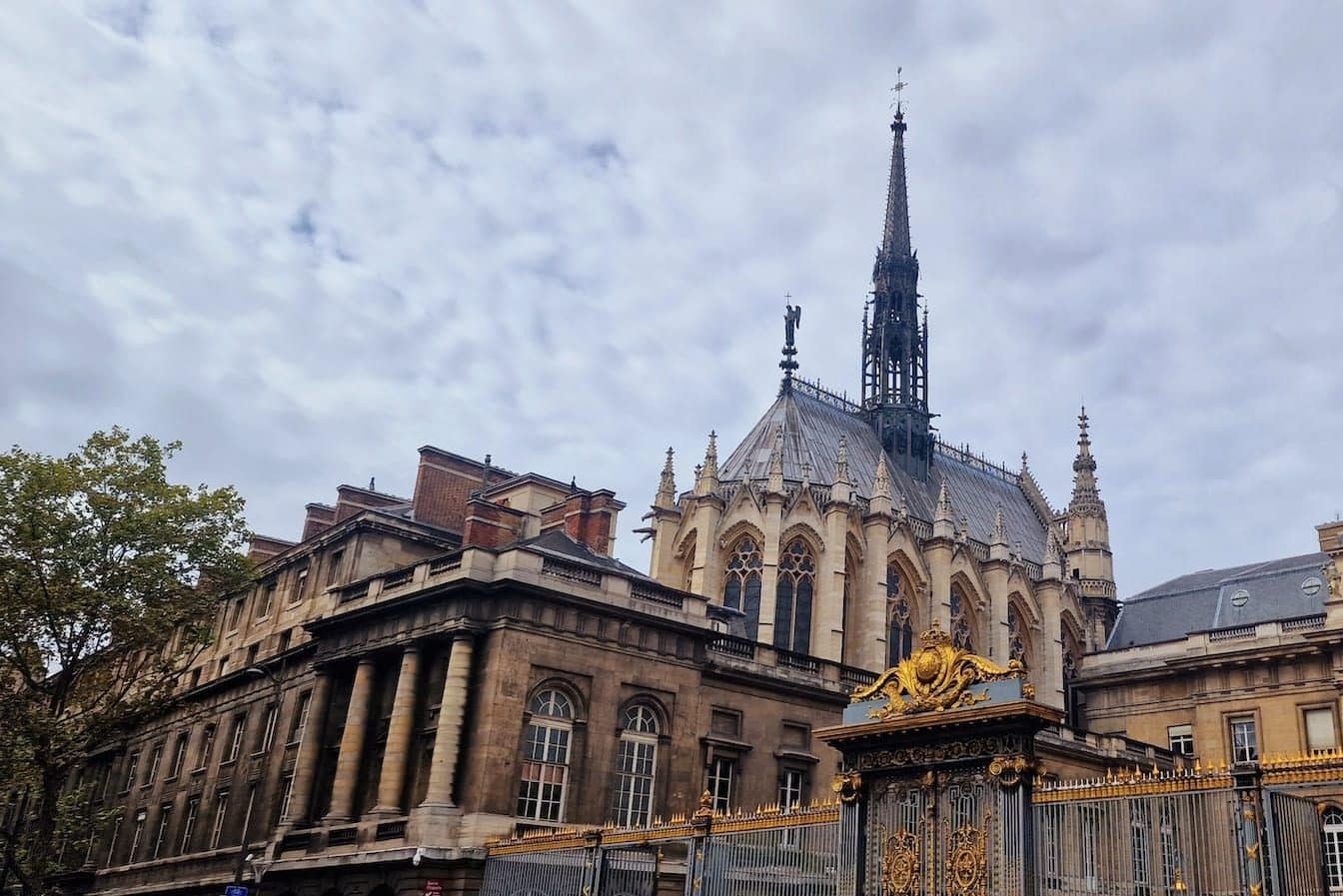
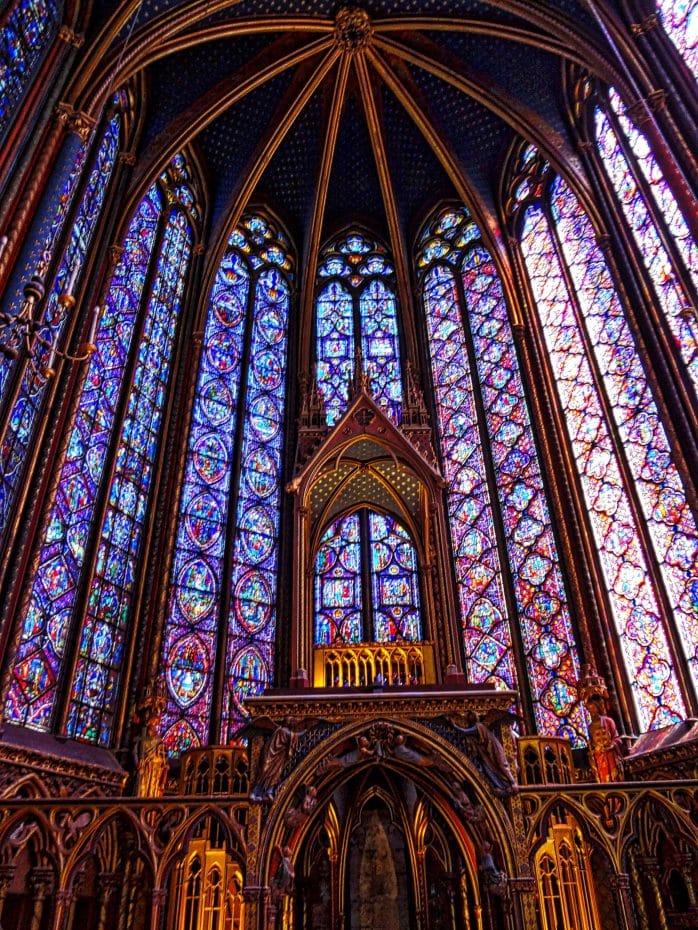
After Notre Dame’s success, more Gothic-style monuments appeared throughout Paris. La Sainte-Chapelle, built between 1242 and 1248 by Louis IX to house important relics, is another prime example. Its impressive collection of stained glass makes up two-thirds of its walls.
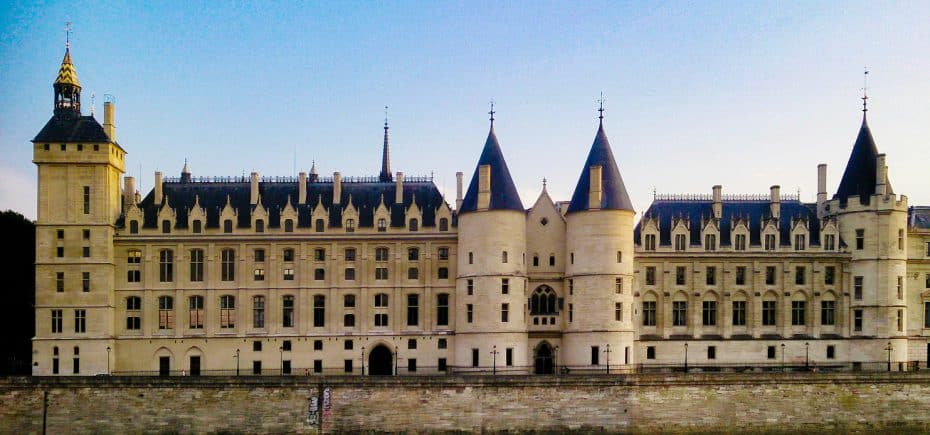
La Conciergerie is an additional Gothic landmark often overlooked by many. Initially constructed as part of a royal palace complex during the reign of Philip IV (1284-1314), it later became a prison during the French Revolution.
The Gothic movement evolved over time and gave birth to several substyles like Rayonnant and Flamboyant before fading out by the end of the 16th century. However, its profound impact on architecture can still be seen around Paris today.
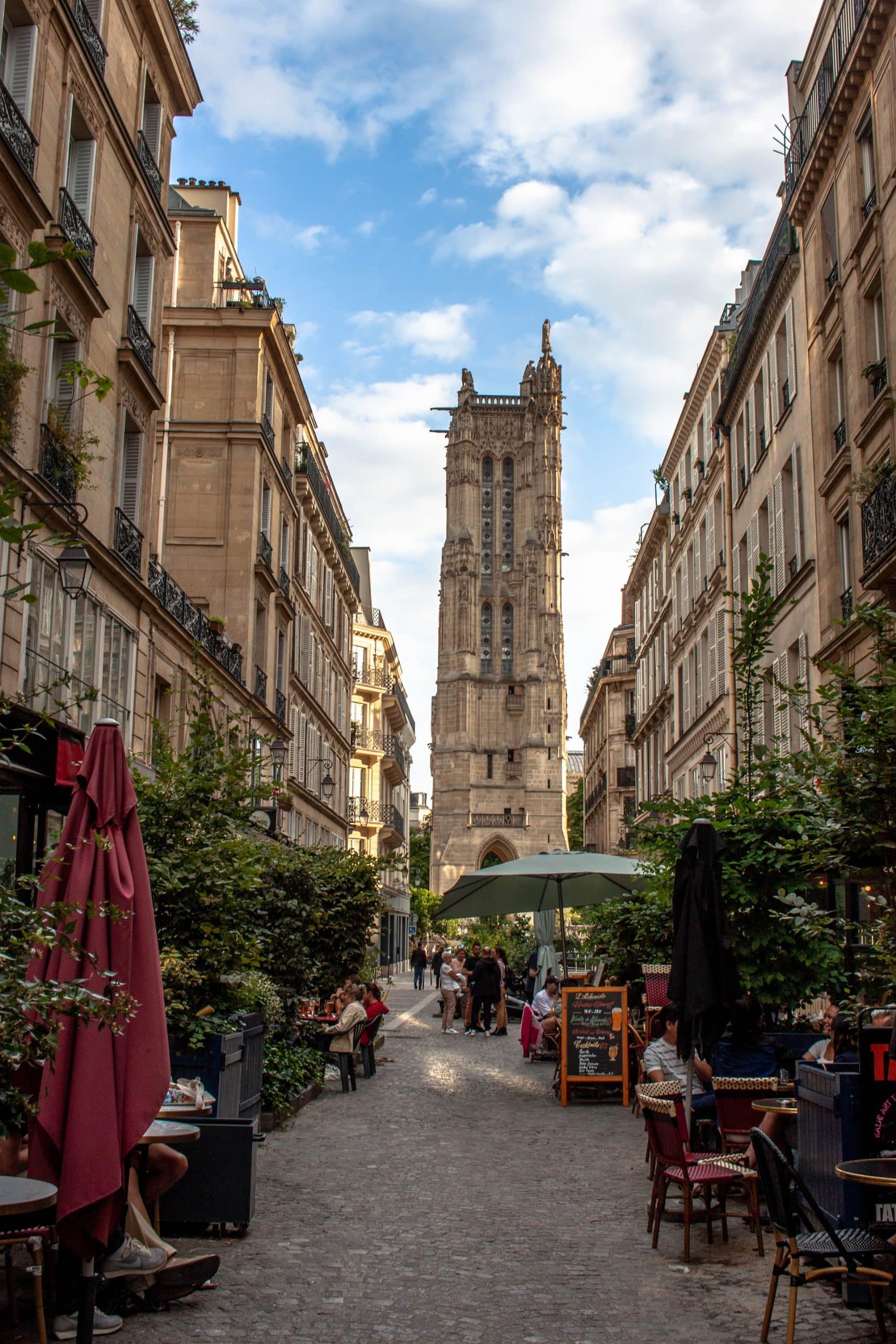
Tour Saint-Jacques, a Flamboyant Gothic tower erected between 1509-1523, stands alone in the 4th arrondissement today. Formerly part of the Eglise Saint-Jacques-de-la-Boucherie church, it was severed from the structure during the French Revolution.
Renaissance and Baroque Eras: Transforming the Cityscape
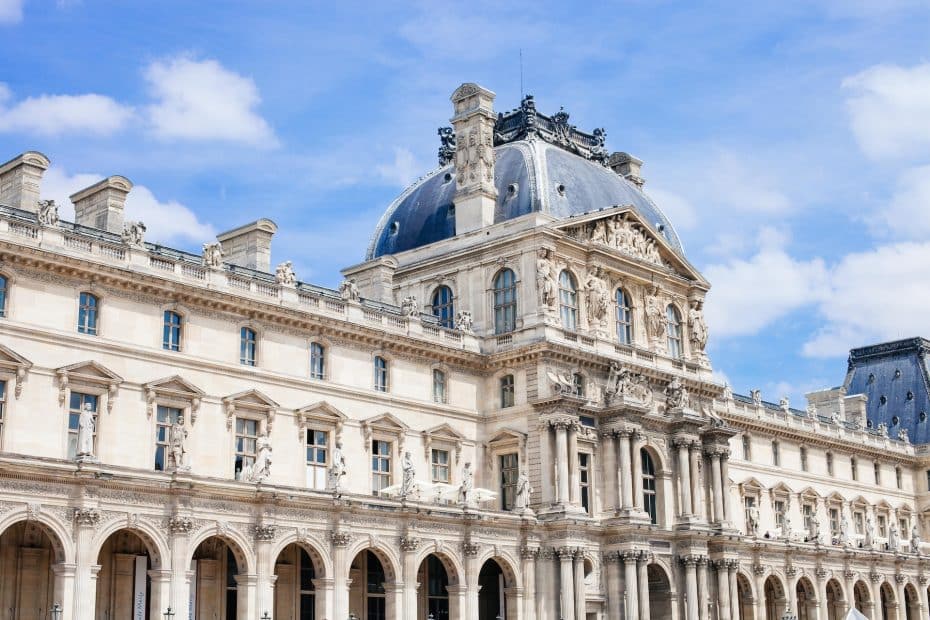
During the Renaissance and Baroque eras in Paris, significant transformations occurred in the cityscape, leading to the birth of a new architectural style. French Renaissance architecture emerged in the early 16th century and continued into the late 1600s. Key figures during this period included architects Philibert Delorme, Pierre Lescot, and Jean Goujon.
One notable example is the Louvre Palace, designed by Lescot and Goujon in the mid-16th century, which incorporated classical elements such as pilasters, columns, and entablatures.
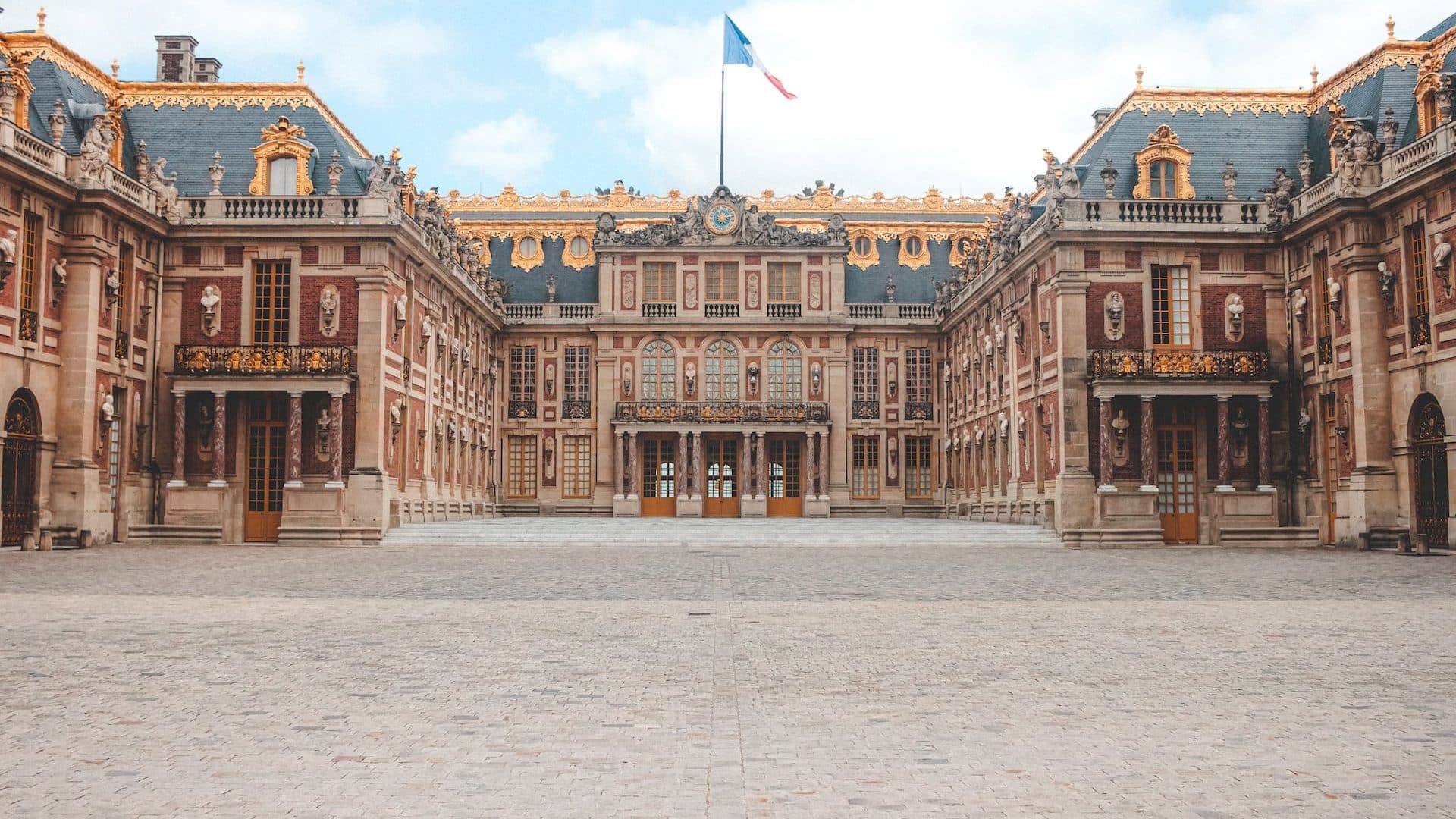
In contrast, Baroque architecture in Paris was characterized by more decorative and elaborate designs. It emerged in France during the reign of Louis XIV (1643–1715) as he sought to demonstrate his power and wealth through architecture. Prominent architect François Mansart played a crucial role in developing this style. The Palace of Versailles (1678–1684) was an iconic example of Baroque architecture, featuring grand-scale compositions, intricate decorations, and lavish ornamentation.
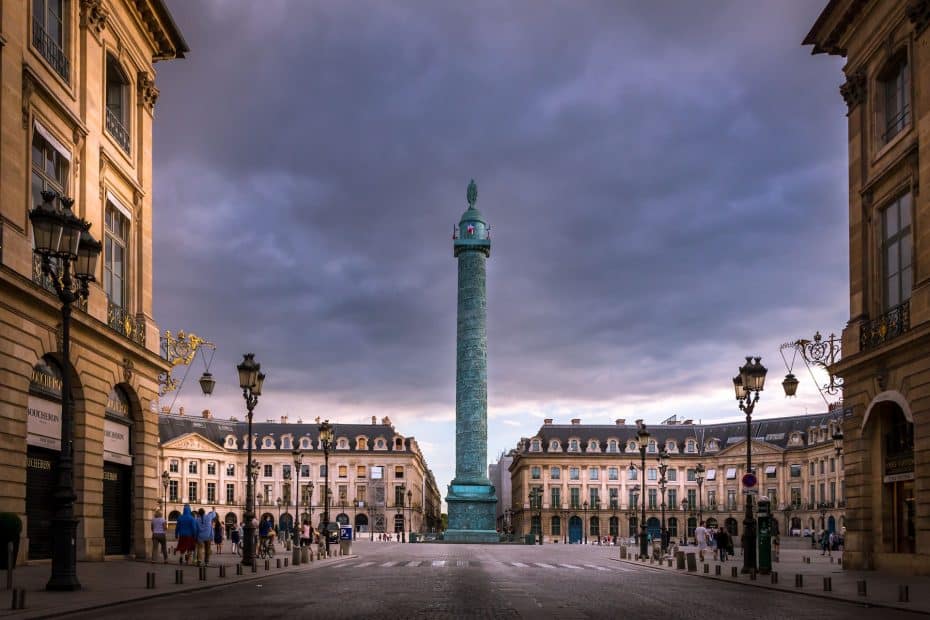
These architectural movements not only transformed individual structures but also impacted urban planning and design within Paris. Notably, this period witnessed the creation of places like Place Vendôme (1702) by Jules Hardouin-Mansart and Place des Vosges (1612) by Louis Métezeau.
From Neoclassicism to Haussmann’s Renovation: A New Urban Vision
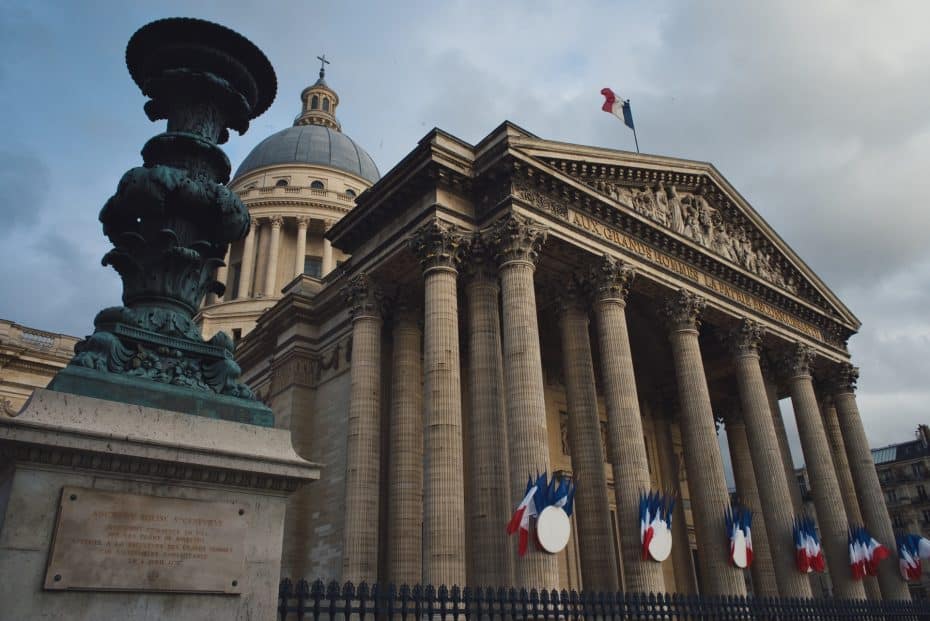
Neoclassicism was an artistic movement that began in the mid-18th century, and it sought to revive the classical art and architecture of ancient Greece and Rome. In Paris, this movement became popular during the late 18th and early 19th centuries. Major proponents of the Neoclassical style in the city included architects Jacques-Germain Soufflot and Claude-Nicolas Ledoux. Some notable examples of Neoclassical architecture in Paris are the Panthéon (completed in 1790) and the Madeleine Church (completed in 1842).
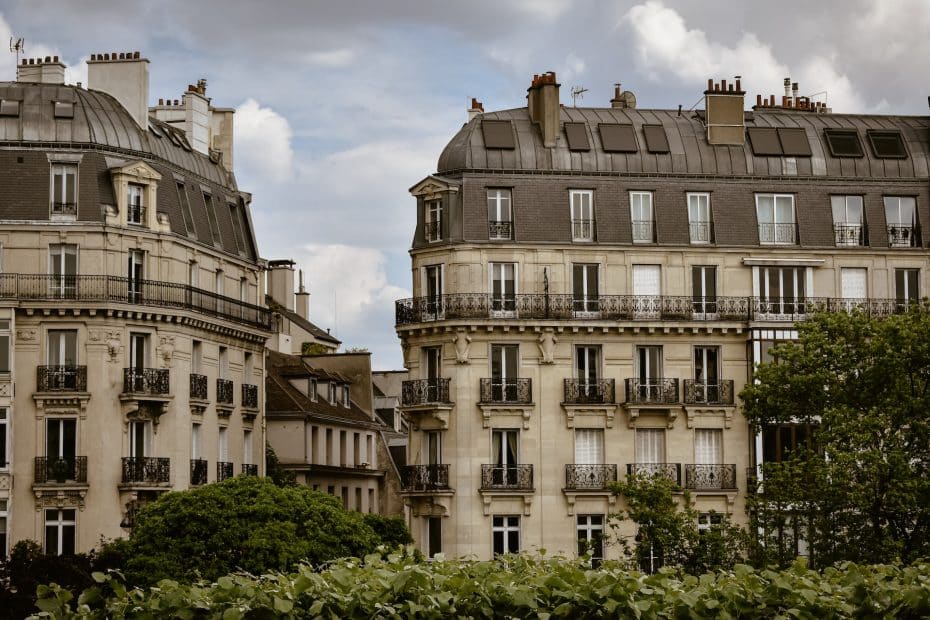
Haussmann’s Renovation refers to a vast urban planning project that took place from 1853 to 1870 under Napoleon III and Georges-Eugène Haussmann, a French civil servant. This project aimed to modernize Paris by creating wide boulevards, parks, squares, and public buildings. The renovation transformed Paris into the city we know today, with its distinctive architectural style.
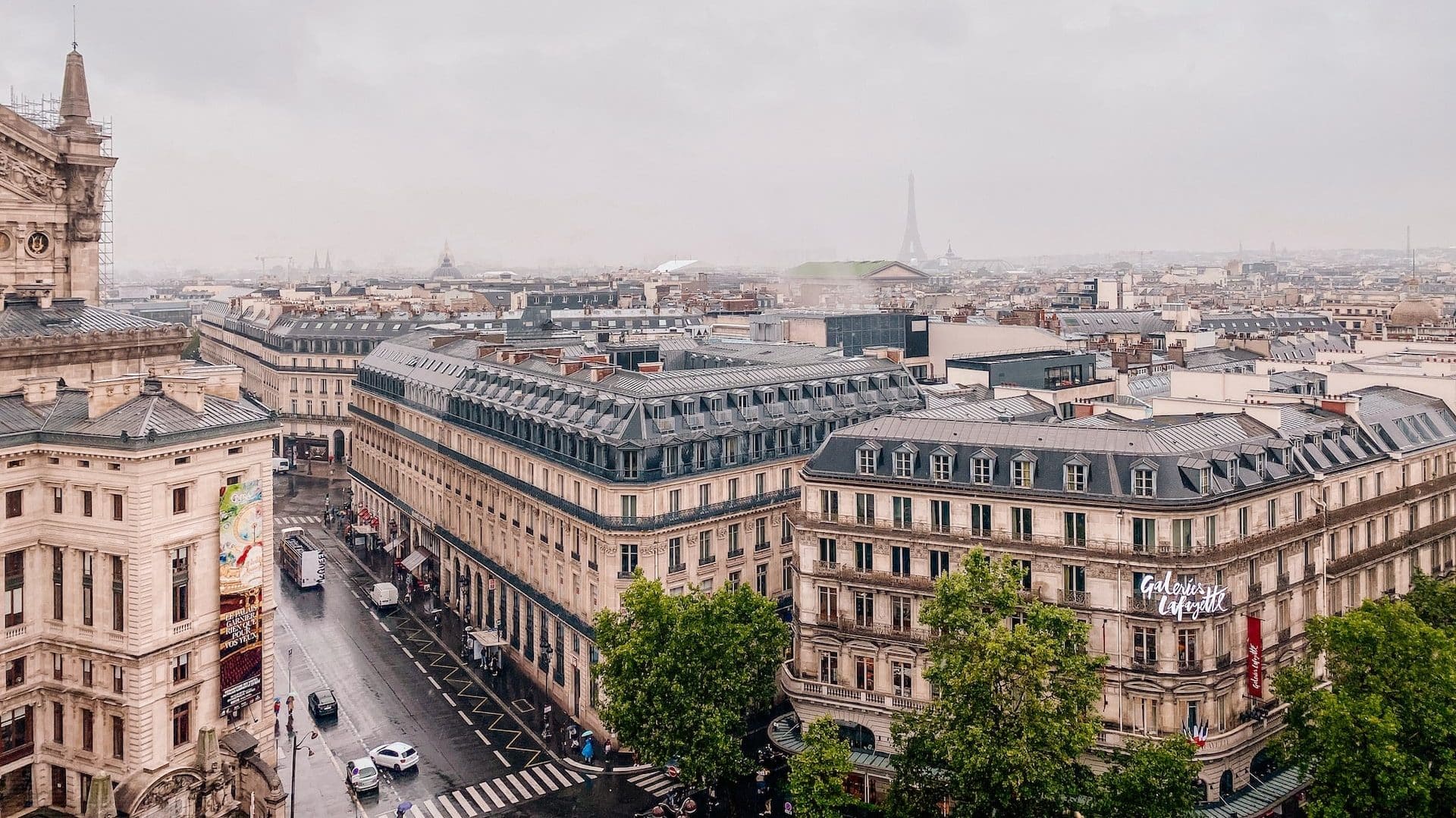
One significant change during Haussmann’s Renovation was the construction of large avenues, most notably Avenue de l’Opéra, Boulevard Haussmann, Boulevard Saint-Germain, and Boulevard Malesherbes. These streets were designed to improve traffic flow and allow for easier control of the population by the authorities.
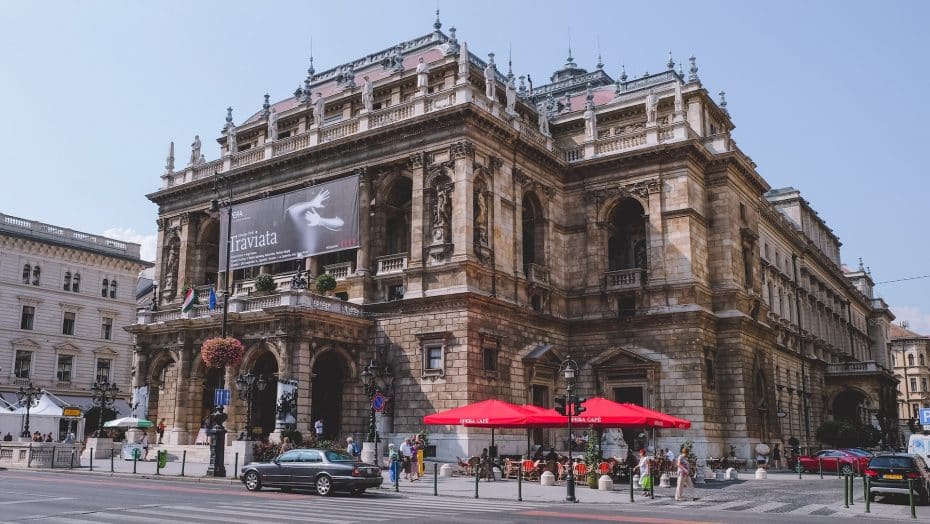
Additionally, new public spaces such as Parc Monceau (opened in 1861), Bois de Boulogne (opened in 1852), and Bois de Vincennes (opened in 1860) were created to provide green spaces for Parisians. Alongside these spaces, iconic landmarks such as Opéra Garnier (completed in 1875) were also built.
During Haussmann’s Renovation, many older buildings were demolished or partially rebuilt to accommodate the new urban vision. This led to criticism from those who felt that the historical character of Paris was being lost. However, the result was a more modern and navigable city, making it easier for residents and contributing to its status as a global cultural center.
Art Nouveau, Art Déco & Modernist Period: Breaking Conventions in Paris’ Architecture
Art Nouveau emerged in the late 19th century, from about 1890 to 1910. Major architect Hector Guimard played a significant role in popularizing this style. One of his remarkable works includes the entrance of the Paris Métro station at Porte Dauphine. This station is located on Avenue Foch, in the 16th arrondissement of Paris. Characterized by its organic shapes and intricate decorative elements, Art Nouveau architecture was a departure from traditional designs.
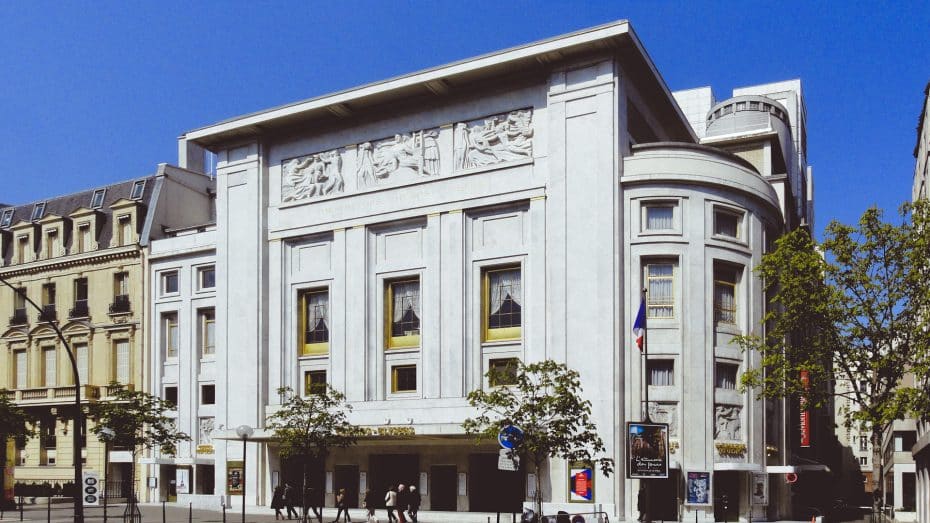
Following Art Nouveau, Art Déco became a popular architectural style from around 1910 to 1939. Auguste Perret, a key contributor to this movement, worked on the Théâtre des Champs-Élysées located at 15 Avenue Montaigne in the 8th arrondissement. Art Déco was distinguished by geometric shapes, symmetrical lines, and bold use of colors and luxurious materials.
The Modernist Period came to prominence between the 1920s and 1960s. Le Corbusier, an influential architect during this era, designed Villa La Roche at 8-10 Square du Docteur Blanche, in the 16th arrondissement of Paris. As a reaction against ornate styles like Art Nouveau and Art Déco, Modernist architecture opted for simplicity and functionalism.
The Most Recognizable Parisian Landmark: Birth of the Eiffel Tower
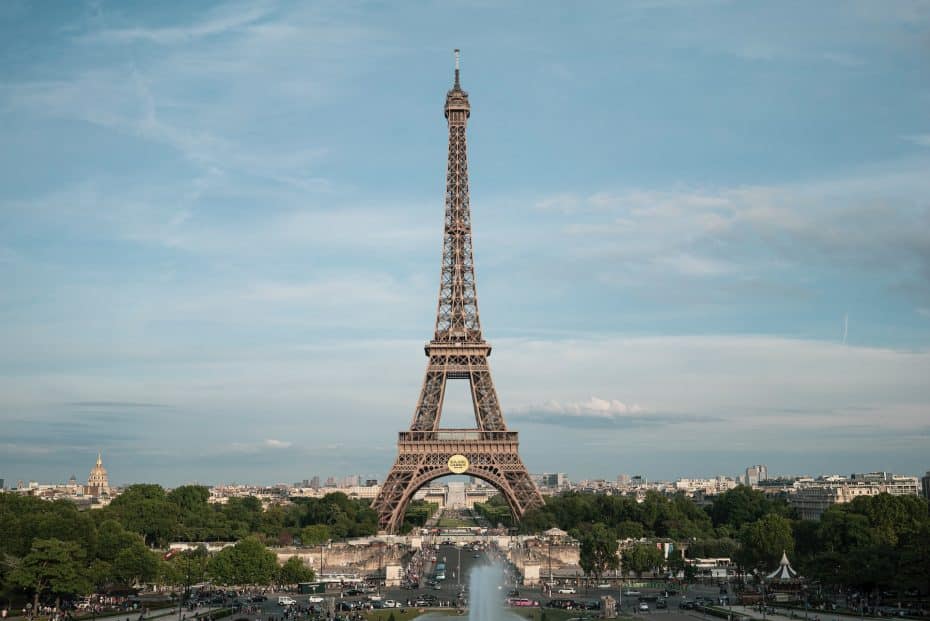
The Eiffel Tower was constructed between 1887 and 1889. It was designed and engineered by Gustave Eiffel and his team, including Maurice Koechlin and Émile Nouguier. It stands at an impressive height of 330 meters and was the tallest structure in the world when it was completed.
The tower’s origins can be traced back to the Exposition Universelle, an international exhibition held in France to celebrate the 100th anniversary of the French Revolution. The purpose of building the Eiffel Tower was to demonstrate France’s industrial prowess to the world.
Although initially criticized by several prominent Parisians for its stark design and perceived lack of artistic merit, the Eiffel Tower went on to become one of the most popular attractions in Paris. Today it remains one of Europe’s most visited cultural sites.
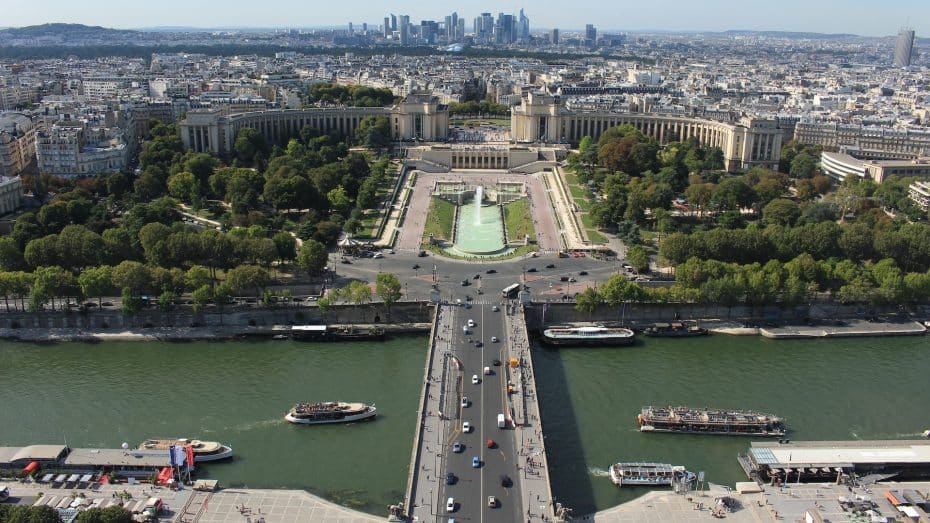
The Eiffel Tower’s unique lattice structure is composed of iron sections bolted together. This design allowed for minimal wind resistance as well as efficient use of materials during construction. The topmost level allows visitors to enjoy panoramic views over the city.
Contemporary Architecture in Paris: From Tour Montparnasse to the Centre Pompidou
In the late 20th century, Paris saw the rise of contemporary architecture with significant buildings such as the Tour Montparnasse and the Centre Pompidou.
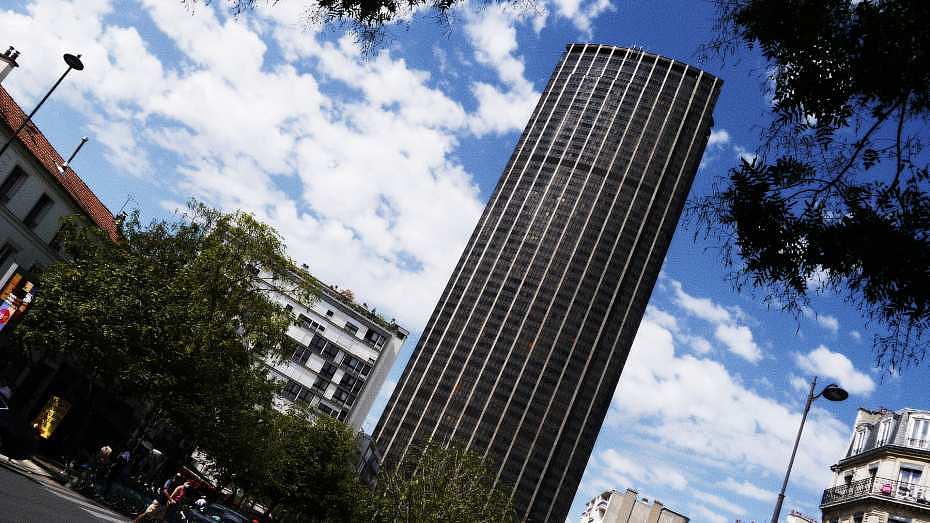
The Tour Montparnasse, located in the 15th arrondissement, was constructed between 1969 and 1973 by architects Eugène Beaudouin, Urbain Cassan, Louis de Hoÿm de Marien, and Jean Saubot. Standing at 210 meters tall, it is currently the second tallest building in Paris.
However, due to negative reception regarding its aesthetics, which disrupted the harmony of Paris’ historic skyline, in the late 1960s and early 1970s, public backlash against modern architecture in Paris led to authorities deciding not to allow the construction of tall buildings within the city and introducing a height limit of 37 meters.
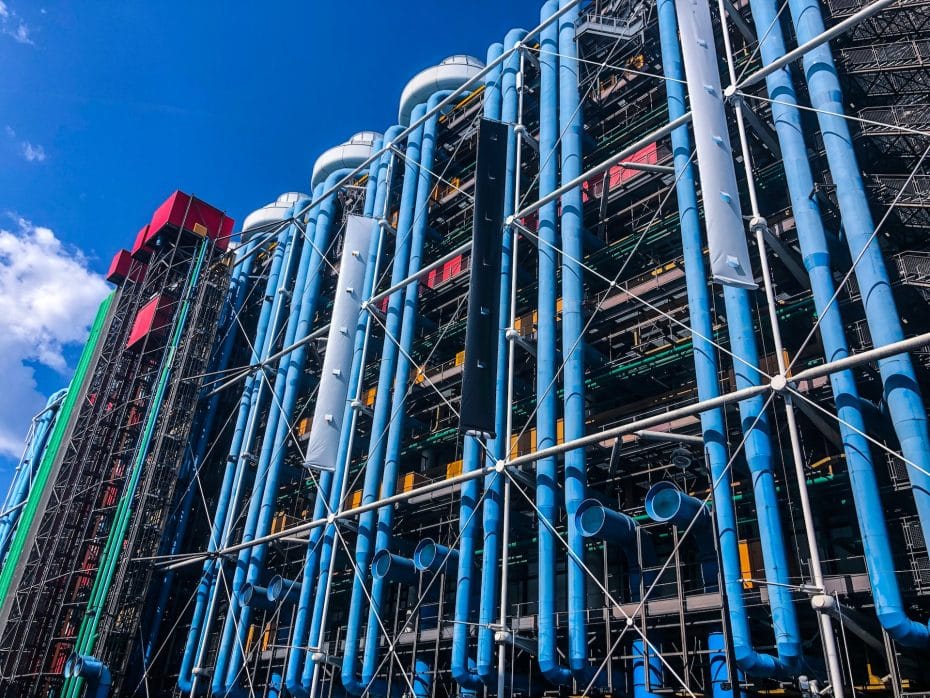
The Centre Pompidou, situated in the 4th arrondissement near Les Halles district, was designed by renowned architects Renzo Piano, Richard Rogers, and Gianfranco Franchini. Construction began in 1971 and was completed in 1977. This modern art Paris museum and cultural center features an iconic architectural design with its exposed structural elements and brightly colored exterior tubing. It houses over 100,000 works of art from prominent artists such as Picasso, Kandinsky, and Pollock. The Centre Pompidou also offers a public library, performance spaces, and various educational activities.
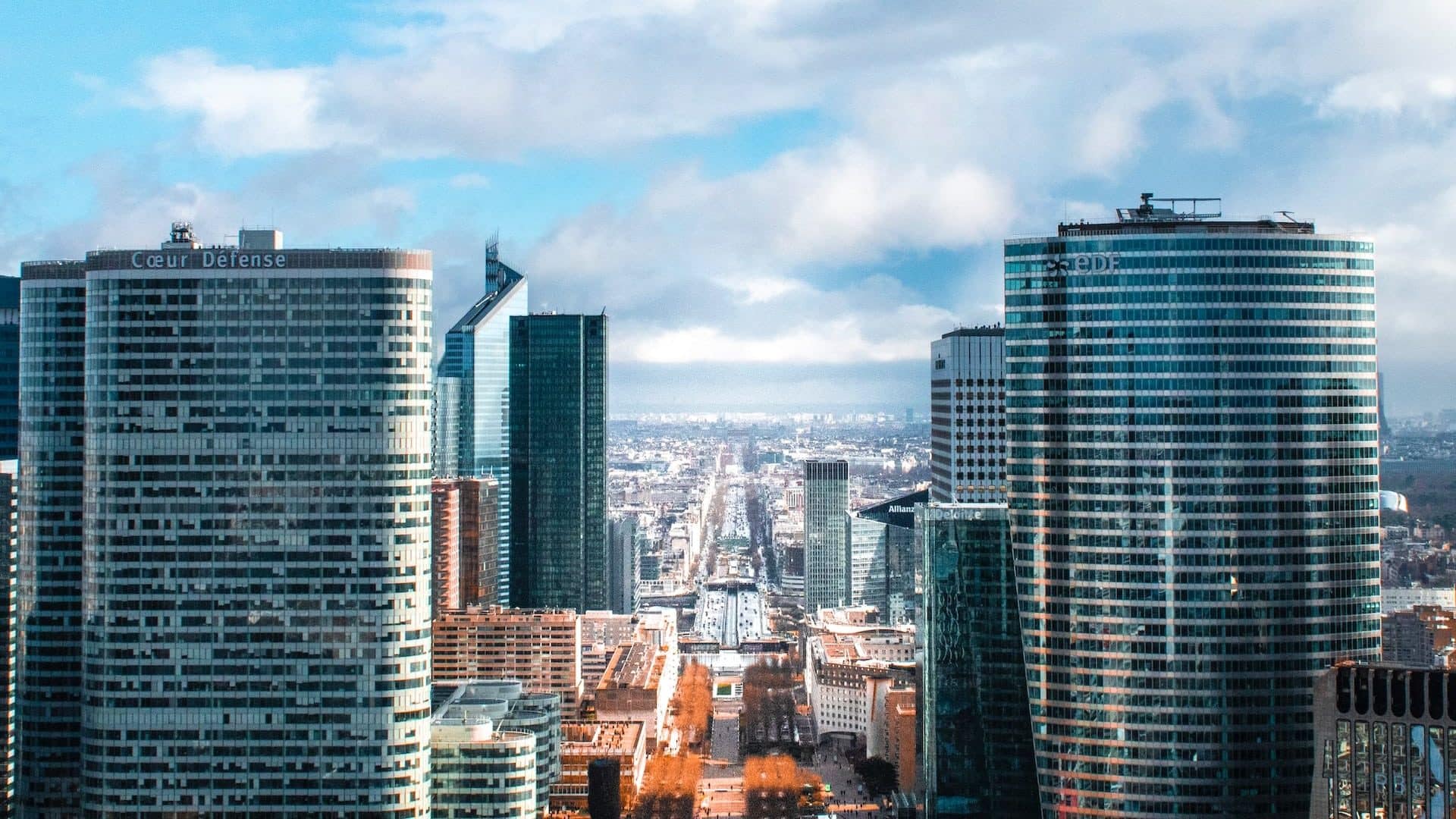
The barring of skyscrapers in the city center encouraged the development of the La Défense district west of the city. The French government designated the area for high-rise buildings and business center projects. Over time, La Défense evolved into a hub for contemporary architecture with more than 70 buildings featuring modern designs. The district extends over 1.6 kilometers from east to west and covers approximately 160 hectares.
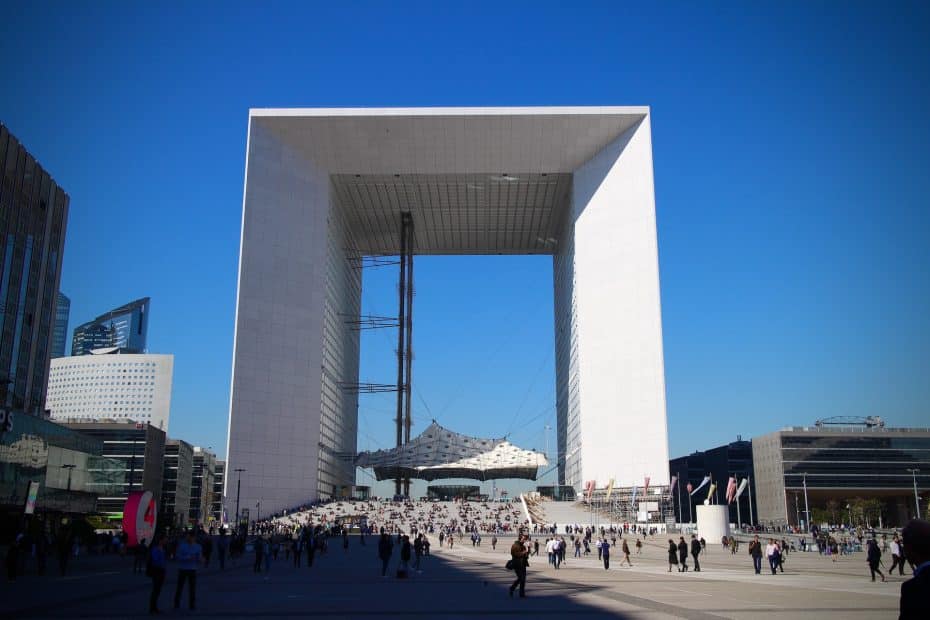
Notable buildings in La Défense include Grande Arche de la Défense, designed by Danish architect Johan Otto von Spreckelsen and completed in 1989. The arch serves as a monument dedicated to humanitarian ideals and stands at an impressive height of 110 meters. Another prominent structure is the Tour First (previously known as Tour UAP), which stands at 231 meters and holds the title of France’s tallest building outside the Eiffel Tower.
Architecture in Paris: Frequently Asked Questions
Paris is known for its diverse architectural styles, showcasing the city’s rich history and cultural influences throughout the centuries. From Gothic cathedrals like Notre Dame to Haussmannian-style buildings that line the boulevards, Paris offers a stunning array of architectural delights. Modern structures such as the Centre Pompidou and the Louvre Pyramid add contemporary accents to the city’s skyline. Each epoch has left its mark on this beautiful city, making it a fascinating destination for architecture enthusiasts.
The French capital is home to numerous iconic architectural landmarks that attract visitors from all over the world. The magnificent Eiffel Tower, an emblem of French engineering, dominates the skyline. Notre-Dame Cathedral and Sainte-Chapelle showcase the beauty of Gothic architecture, while the Louvre Museum exemplifies the opulence of the French Renaissance style. Other notable structures include the Pantheon, Montmartre’s Sacré-Cœur Basilica, and Palais Garnier, an exquisite example of Neo-Baroque design.
The unique charm of Paris lies in its seamless blend of history and modernity – old-world elegance meets contemporary innovation in every corner of this enchanting city. From quaint cobblestone streets to avant-garde art installations, it harmoniously combines tradition with progress. The city’s planning ensures that both pristine gardens and grand monuments coexist alongside daring architectural marvels like La Grande Arche de la Défense. With its rich artistic heritage and vibrant cultural scene, Paris has long been a source of inspiration for architects and designers worldwide.
French-style architecture encompasses various styles that have evolved over time due to regional influences, historical periods, and cultural preferences. The term “French style” often refers to classical designs originating from the Renaissance period such as Château de Chambord. However, one can also find Romanesque, Gothic, Beaux-Arts, and Art Nouveau styles in France. These diverse architectural styles contribute to the diverse aesthetic that is uniquely French.
Haussmannian buildings are a distinctive style of architecture that emerged in Paris during the mid-19th century under the direction of Baron Georges-Eugène Haussmann, a French urban planner. Haussmann was responsible for the comprehensive transformation of Paris, including the construction of wide boulevards, parks, and public squares. The Haussmannian building style is characterized by its uniform appearance, with facades typically featuring wrought-iron balconies, large windows, and decorative stone detailing.
There are several key features that define the Haussmannian architectural style. First and foremost is the consistent use of cut stone facades, which give these buildings their distinctive appearance. Second, Haussmannian buildings often have continuous wrought-iron balconies on the second and fifth floors, adding elegance and refinement to the overall design. Additionally, the structures feature high ceilings, large windows that allowed for ample natural light, and decorative details such as cornices and friezes. The layout of Haussmannian buildings typically includes compact apartments centered around a spacious courtyard to ensure fresh air circulation for all residents.



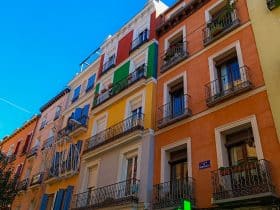


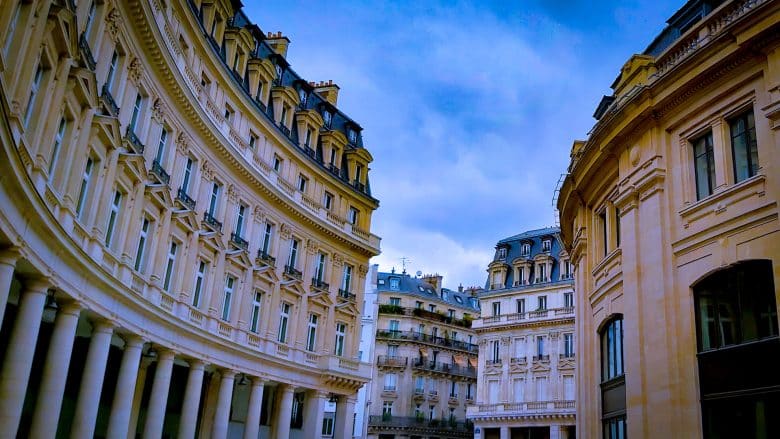
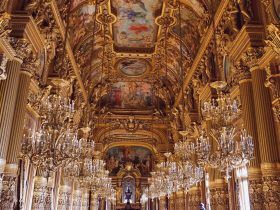
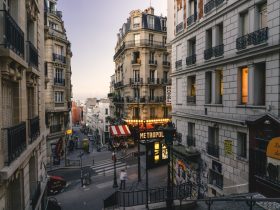

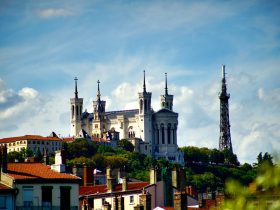














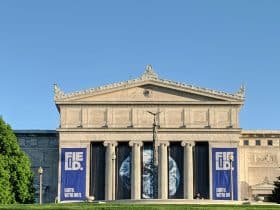
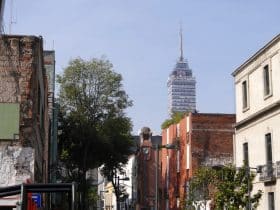

Leave a Reply
View Comments